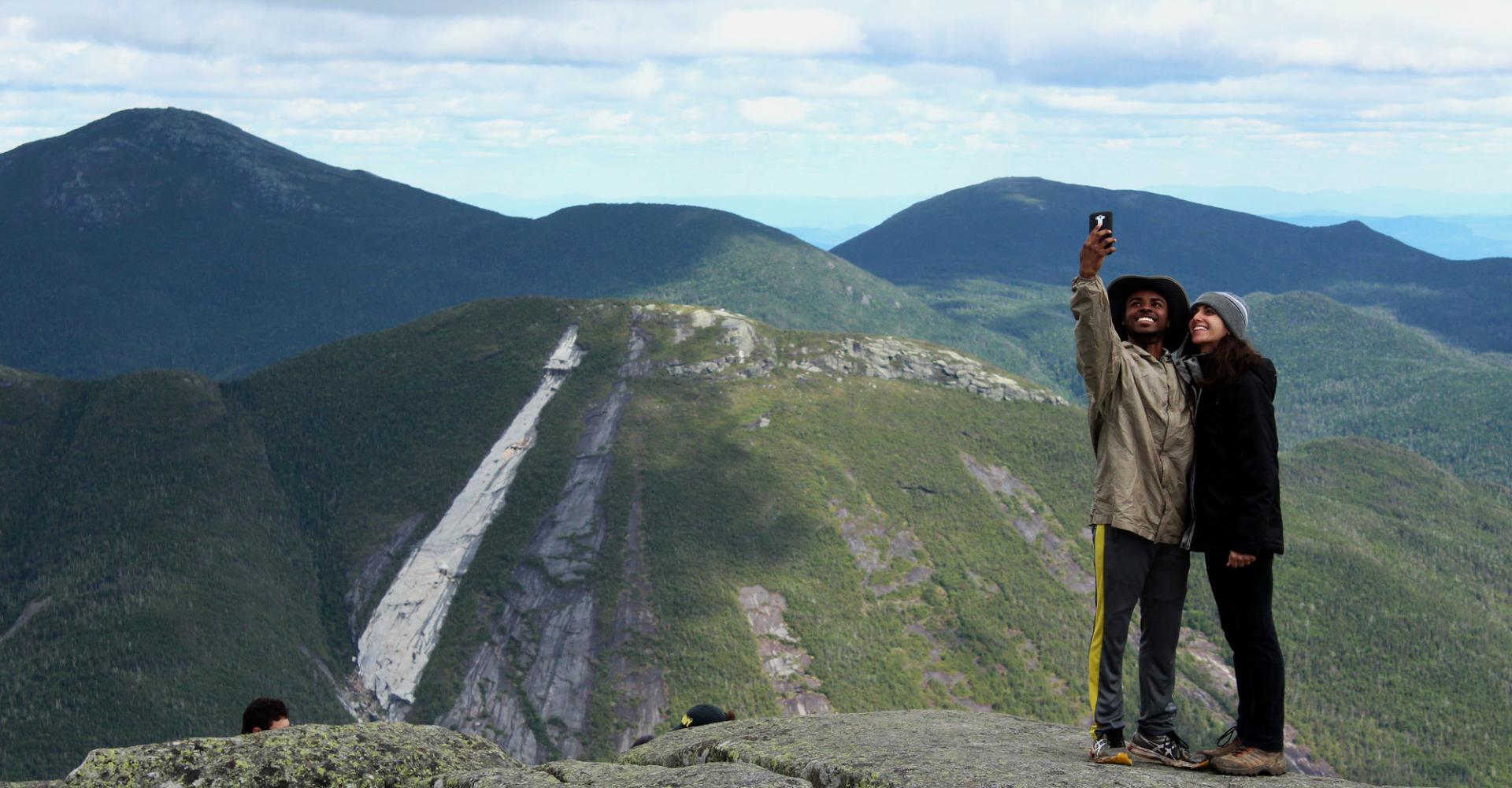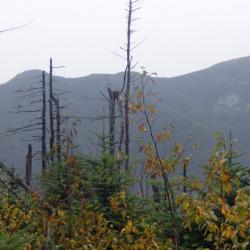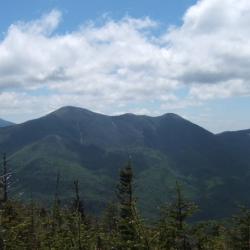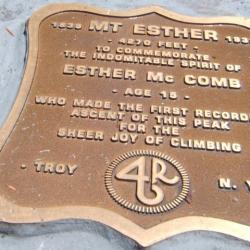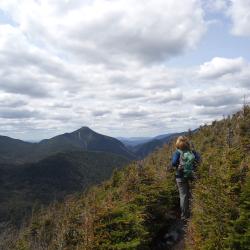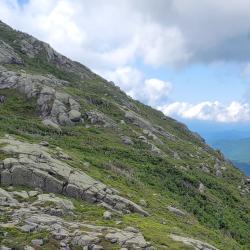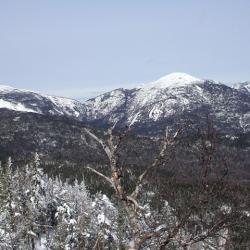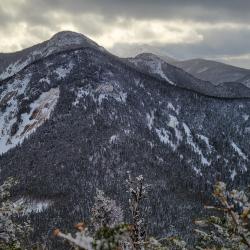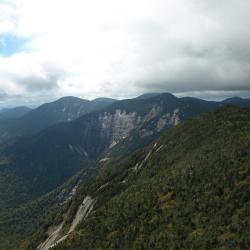The Adirondack 46 High Peaks
The Adirondack High Peaks have been a magnet for explorers for more than 150 years. The original list of High Peaks included the 46 Adirondack mountains that were higher than 4,000 feet in elevation. Later, it was determined that one mountain had been overlooked and four of the original group were actually a little lower than 4,000 feet.
These days, people seeking the coveted 46er patch must summit the mountains on the original list. Most of the High Peaks are located in the Lake Placid/Keene-Keene Valley area.
Roughly twenty of the High Peaks do not have a marked trail to the top. On those mountains unmaintained, unmarked herd paths have developed over the years. These paths are generally easy to follow, but anyone attempting them should know how to use a map and compass. Hikers are urged to buy a good hiking guidebook or to hire an Adirondack guide. A successful hike of any 46er involves research, physical fitness, the right gear, and knowledge of Leave No Trace principles.
Winter in the High Peaks
All of the 46 High Peaks are challenging in the winter, and should only be attempted by experienced hikers, so make sure you are prepared. Snowshoes and microspikes are necessary, and crampons are needed on many of them as well. Plan on temperatures in the higher elevations being at least 20 degrees colder than at the trailhead, not including the windchill. Bring several extra non-cotton layers, a headlamp with spare batteries, extra food, a windbreaker, goggles, a face mask, and supplies for spending the night in case of an emergency. Water crossings can be especially dangerous during the beginning and end of winter. Always use caution at water crossings, turning around is always an option.
Leave No Trace and Love Your ADK
The magic of the Adirondacks is the result of previous generations taking a long view and protecting the mountains, lakes, and rivers within the Blue Line. That tradition continues today as we support and encourage everyone to practice Leave No Trace ethics, which help protect the lands and waters of the Adirondacks.


